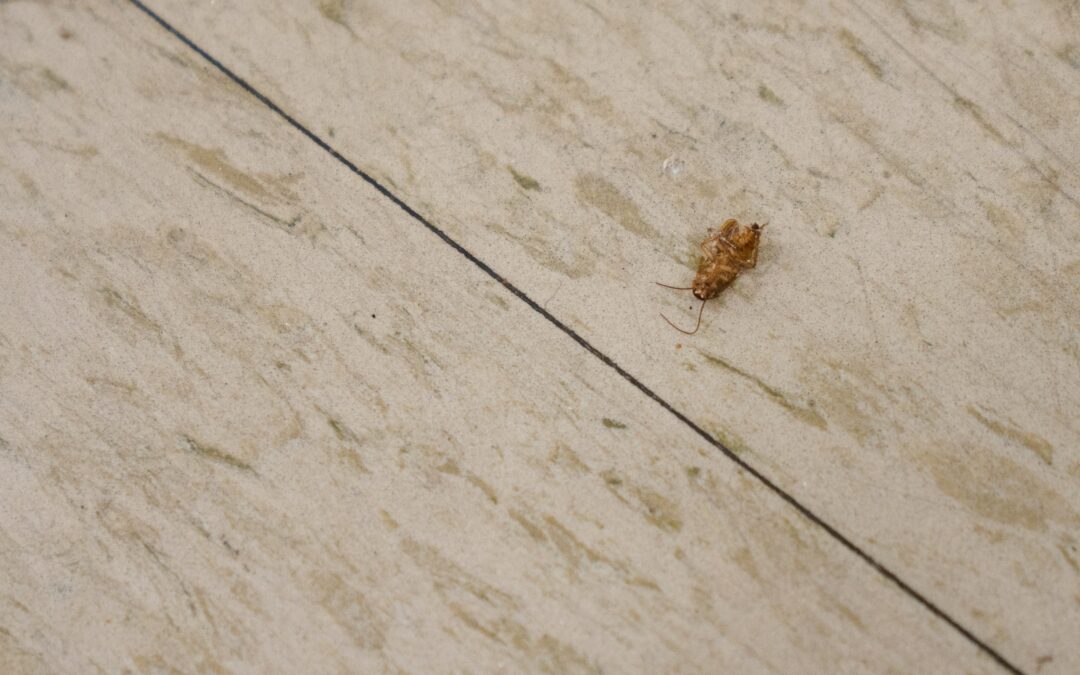While exceptionally rare, pest control professionals sometimes overlook indoor cockroach populations while inspecting homes for pests and pest-related damage. This may surprise many people considering that cockroaches are relatively large-sized insect pests that inhabit homes in significant numbers where one would think that they could not be easily missed. However, since American, German, Oriental and brown-banded cockroaches are all well adapted to thriving within human dwellings, even massive populations can effectively remain hidden from humans within heavily infested homes.
Unlike termites, ants, wasps and bees, cockroaches are not eusocial insects that live in colonies, but cockroaches are classified as “subsocial” insects due to the many gregarious behaviors they demonstrate. Indoor cockroach pests live in family groups, females lay eggs in groups, they communicate via pheromones, groups make collective decisions, females nurture their offspring, and recent research indicates that cockroaches even respond to peer pressure. These and many other social behaviors allow cockroaches to work together to maintain stubborn infestations within homes.
Individual eusocial insects act in the best interests of the colony, and they will readily sacrifice their lives to enhance colony survival. All individuals within a eusocial insect colony are divided into different social castes like queen wasps, soldier termites, worker ants and drone bees. However, cockroach societies are egalitarian, democratic and lacking in social strata. Although cockroaches have weak eyes that can only see nearby objects, individual cockroaches naturally gravitate to dark indoor areas that are crowded with other roaches. They do this by sensing the aggregation pheromones that are heavily concentrated around dense groups of cockroaches. Cockroaches generally aggregate within dark wall voids where they cannot be detected or readily exposed to insecticides, vacuums and other exterminating agents. Research has also shown that keeping developing cockroach offspring isolated well into adulthood results in behavioral disorders. For example, during maturation a cockroach learns important social cues exhibited by adults. These social cues facilitate courting, mate selection, aggregation into hidden harborages and dispersal into new areas within homes.
Have you ever found success using bait for roach control?

